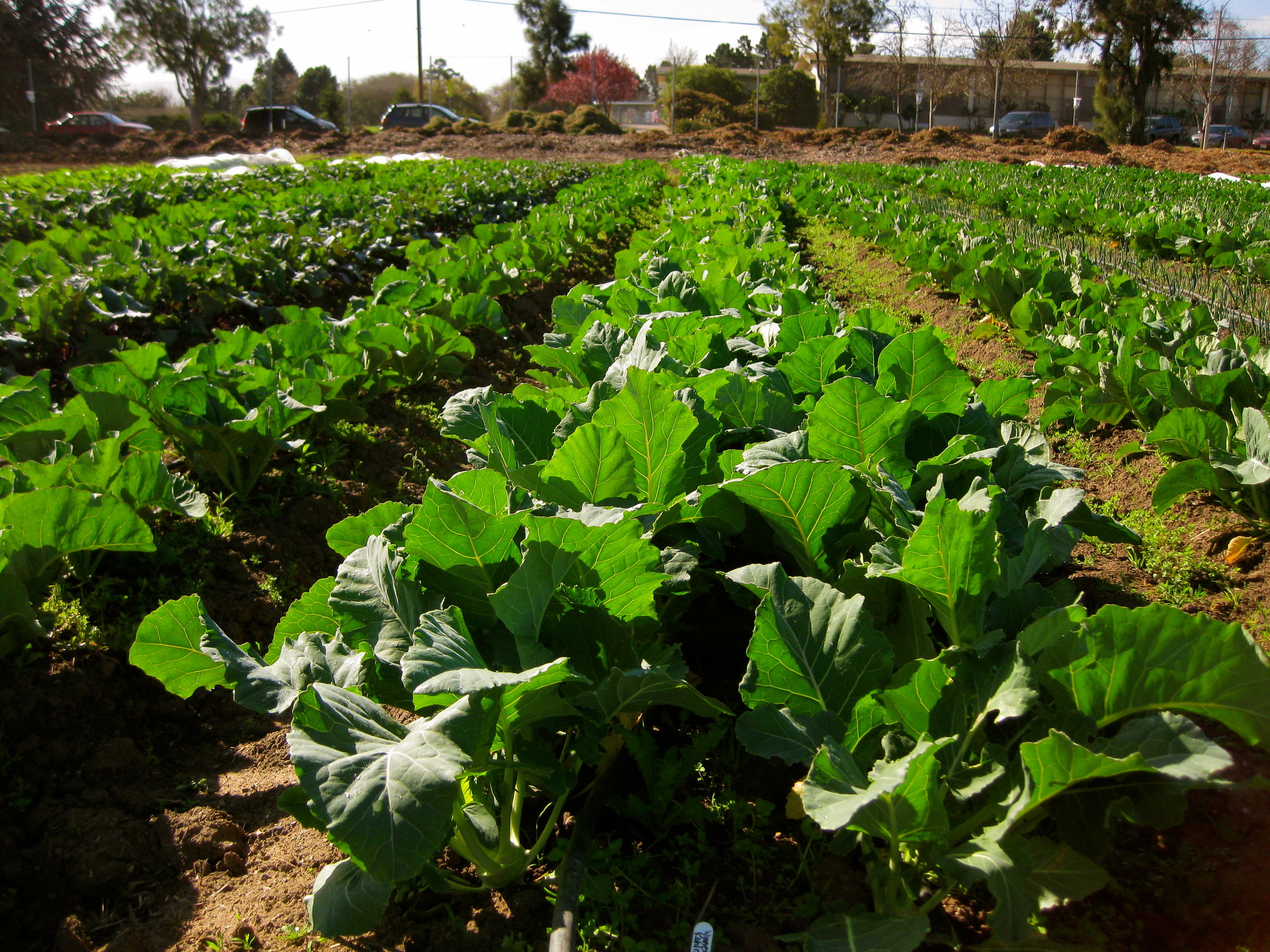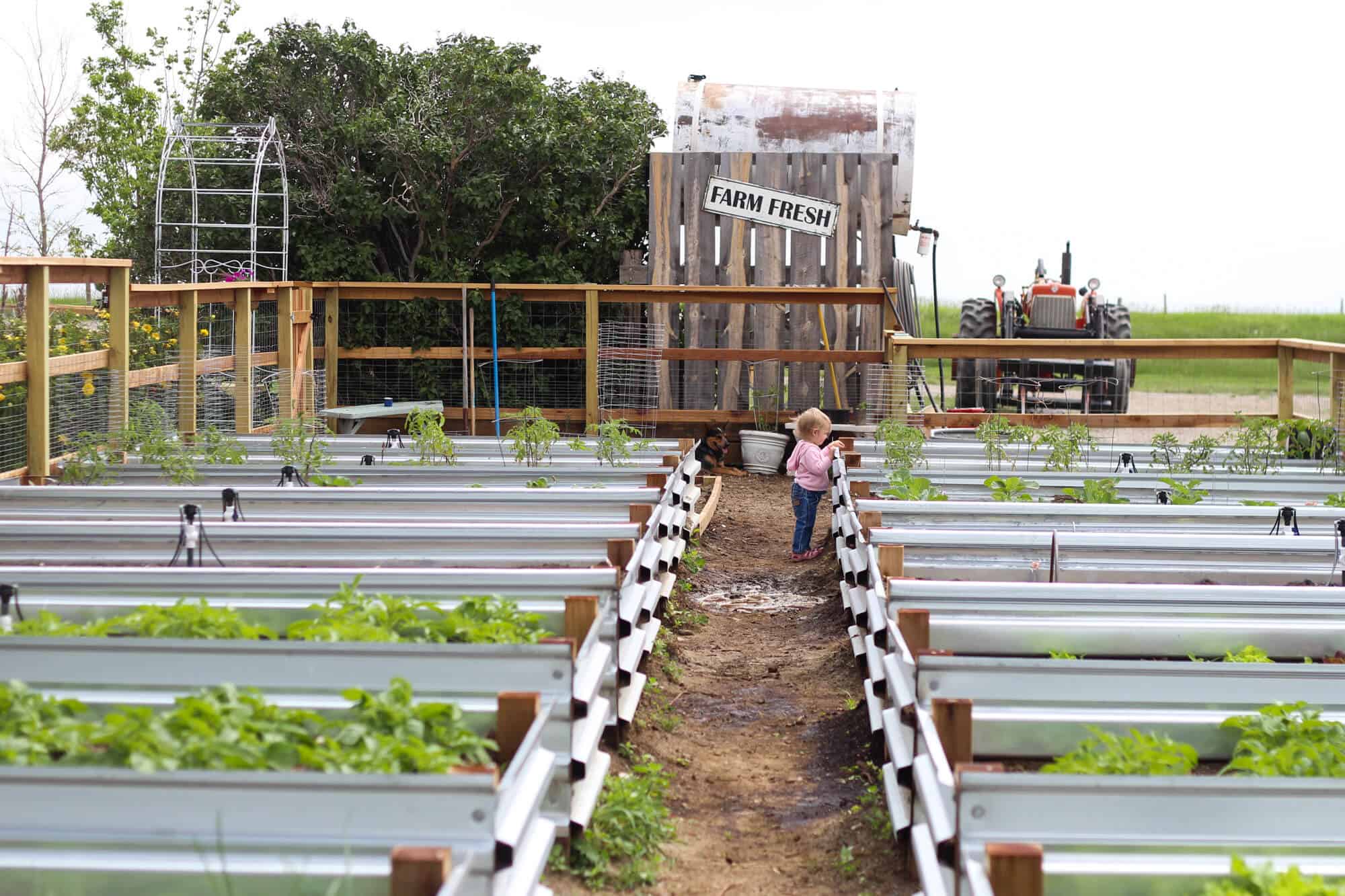Common Mistakes to Avoid in Homestead Gardening
Common Mistakes to Avoid in Homestead Gardening
Blog Article
Learn Exactly How to Grow a Flourishing Horticulture Atmosphere for All Skill Levels
Creating a prospering garden is a multifaceted venture that can be welcomed by people at any type of skill level. By taking a look at essential elements such as dirt wellness, ideal plant selection, and seasonal treatment regimens, one can establish a sustainable gardening practice that produces rewarding results. Understanding exactly how to assess and improve your garden room lays the foundation for success. Yet, the details of executing these concepts usually existing challenges that can hinder even the most enthusiastic novice. What strategies can be used to get over these barriers and foster an absolutely thriving setting?
Understanding Your Yard Space
In the realm of gardening, recognizing your yard area is vital to cultivating a prospering landscape (Homestead Gardening). The initial step in this endeavor includes evaluating the details attributes of your story. Elements such as soil structure, sunlight direct exposure, and water drainage play vital duties in identifying the suitability of your garden for numerous kinds of plants
Begin by conducting a dirt examination to examine pH degrees and vitamins and mineral web content, which will certainly educate any required amendments. In addition, observe just how much sunshine your area receives throughout the day. Different plants have differing light demands; some prosper in full sunlight, while others choose complete or partial shade.

Lastly, review the offered area and plan accordingly. This consists of considering plant elevations and spread out to ensure sufficient room for development without congestion. By obtaining a detailed understanding of your yard space, you set the structure for a successful horticulture experience.
Selecting the Right Plant Kingdoms
Picking the right plants for your yard requires mindful consideration of numerous elements, consisting of climate, dirt problems, and personal preferences. Beginning by evaluating your local environment, as particular plants flourish particularly temperature level arrays and climate patterns. For example, exotic plants may not make it through in cooler areas, while sturdy perennials can withstand severe winter seasons.

Consider your personal choices, including visual charm and upkeep levels. Determine whether you prefer vibrant flowers, rich vegetation, or edible plants. In addition, consider the time and effort you are willing to purchase plant treatment, as some selections require even more interest than others.
Last but not least, consider the garden's design and light exposure. Sunshine patterns throughout the day will certainly affect your choices-- some plants call for full sunlight, while others prosper in shade. By attentively examining these components, you can develop a efficient and he said harmonious yard customized to your environment and preferences.
Important Gardening Tools
A well-equipped gardener can significantly improve their gardening experience and end results. Vital horticulture devices are essential to growing a successful garden, no matter skill degree. Initially, a durable spade is invaluable for digging and transforming soil, while a trowel allows for accurate planting and hair transplanting of smaller sized plants.
Pruning shears are vital for maintaining plant health and wellness by removing overgrown or dead branches, promoting far better air blood circulation and development. Additionally, a hand rake works for removing debris and freshening the dirt, making certain ideal conditions for plant origins.
Gardening gloves safeguard hands from blisters, chemicals, and thorns, making them an important device. A watering can or pipe with a flexible nozzle makes sure that plants receive adequate dampness without overwatering.
Lastly, take into consideration spending in a strong wheelbarrow for delivering soil, plants, and devices around the yard effectively. By constructing a high quality toolkit that consists of these essential products, garden enthusiasts can deal with numerous jobs with self-confidence and ease, leading the way for a growing horticulture environment. Bear in mind, the right tools not only enhance performance however likewise improve the total pleasure of the horticulture process.
Dirt Prep Work and Maintenance
Quality soil is the foundation of a successful garden, making appropriate preparation and upkeep essential for healthy and balanced plant development. The very first step in dirt preparation involves testing its pH and nutrient degrees. This can be achieved via soil screening packages available at gardening facilities or via specialist services. Based upon the examination results, amendments can be made to maximize dirt problems for particular plant demands.
Including raw material, such as compost or well-rotted manure, is essential for boosting dirt structure and fertility. This not only boosts vitamins and mineral schedule yet additionally promotes advantageous microbial task. In addition, appropriate drain is crucial; heavy clay dirts might call for the enhancement of sand or perlite to improve aeration.
Regular upkeep of soil health includes mulching, which preserves dampness and reduces weeds. Moreover, rotating plants yearly assists protect against nutrient exhaustion and decreases parasite and condition risks. It is also vital to stay clear of over-tilling, which can interfere with dirt framework and damage advantageous microorganisms.
Eventually, a consistent commitment to dirt preparation and maintenance will certainly result in a growing yard, guaranteeing that plants visit this website obtain the crucial nutrients they need for durable development and performance.
Seasonal Treatment and Monitoring

In springtime, concentrate on planting brand-new seeds and seed startings, while also performing dirt examinations to change nutrient deficiencies. Frequently examine for pests and diseases, as these can proliferate with the warming weather condition. Summer demands regular watering and mulching to retain moisture, in addition to trimming for far better air blood circulation.
As fall techniques, it's time to prepare the garden for inactivity. This consists of harvesting crops, cleaning up particles, and applying a layer of compost to secure plant roots from frost. Take into consideration planting cover plants to enrich the dirt during the winter season months.
Finally, winter season care is vital. Inspect structures like greenhouses for damages and guarantee correct insulation for sensitive plants. Frequently keep track of for parasites that may look for sanctuary indoors. By adapting your gardening techniques to the seasonal cycles, you can promote a prospering environment that sustains plant health year-round.
Conclusion
In final thought, cultivating an effective yard requires a detailed understanding of crucial principles such as soil make-up, sunshine exposure, and ideal plant choice. Routine seasonal care and management methods better boost plant health and performance.
Picking the right plants for your yard calls for careful consideration of various elements, consisting of environment, dirt problems, and individual choices. Conduct a soil test to identify pH degrees and nutrition web content, which will direct you in choosing plants that will flourish in your yard.Lastly, consider spending in a sturdy wheelbarrow for transferring dirt, plants, and tools around the yard effectively.Quality soil is the foundation of a successful yard, making appropriate preparation and maintenance critical for healthy and balanced plant development. Homestead Gardening.In final thought, cultivating a successful garden requires a thorough understanding of crucial principles such as soil make-up, sunlight exposure, and appropriate plant selection
Report this page